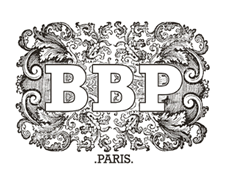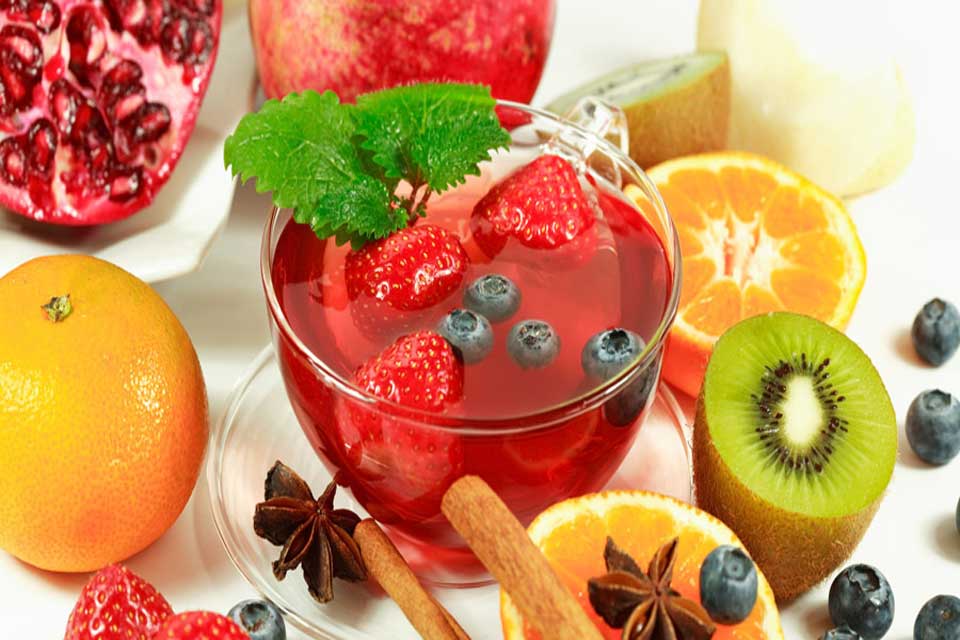The hold on the mind is so tenuous. I’m always amazed to see how well people communicate, make decisions, implement plans, and generally do things, considering that it all depends on a fleeting neurotransmitter, a capillary that remains open, a couple of neurons that speak to each other. The tenuous hold can wobble with a simple fever, not even so high — 101′ or so — which disturbs the sleep and confuses the brain, giving rise to all manner of babblings and strange irrelevant thoughts. The mind wobbles with the lack of food, the absence of sufficient nutrients, proteins, carbohydrates; it shakes with stimulants and drugs, with familiar foods, with an overdose of sugar, an excess of caffeine, a chocolate pig-out. And what of the well-intentioned drugs of our medical system? So many strange substances go into our bodies, float in our bloodstream, come calling at the blood-brain barrier asking to be let in. When they are, does their presence disturb the finely calibrated pathways of neurons and neurotransmitters? Do the substances we inject into our children find a way into their brains, there to cause havoc and knock over relay stations or damage those pathways forever?
Mind and body are not two. Mind-troubles do relate to body matters. Let us be clear about that. How do they relate? For the longest time the relationship was only intuited, accepted by the “wholistic” thinker as obvious, but without the so-called “hard science” (visible particles that can be seen and classified by more than one person) to support it. Then in the 70’s and 80’s the particles that make sense to scientists — neurotransmitters — were discovered, and mind-brain studies took off like a rocket.
Science presents a view of the world that is very interesting and sophisticated. Although it’s not the only way to look at things, knowing it well is very useful. Let’s look at the neurotransmitter model, which is fast entering the language of all who are interested in the workings of the mind.
In Western nutritional science, it is agreed that food is made up of nutrients, which include protein, carbohydrates, fats, vitamins and minerals. For the purposes of this article, we are paying attention mostly to protein andcarbohydrates. These two macro-nutrients are instrumental in the manufacture and transport of the neurotransmitters, or brain chemicals, the chemical substances, made by the brain and other organs, that transmit thought. The main neurotransmitters for our purposes are the alertness chemicals (dopamine, norepineprine, adrenaline) and the calming chemical (serotonin).
Three of the many amino acids in protein contribute to making these neurotransmitters: tyrosine, phenylalanine, and tryptophan. The first two are involved in the building of dopamine, norepinephrine, and adrenaline; these are the “alertness chemicals,” and cause us to be mentally energetic and alert. Tryptophan is the precursor to the brain chemical serotonin, which is the “calming chemical” and makes us more relaxed and calm.
Amino Acids and their Neurotransmitters:
|
All the amino acids are present in the protein foods, and do their work when they’re taken up by the brain. Because there are a many different kinds of amino acids in natural foods, they compete with each other for access to the brain, thus preventing the tyranny of any single one with its inevitable imbalances. Among the three amino acids, tryptophan seems to be the laggard, and usually is last on the uptake by the brain — UNLESS it is consumed with a carbohydrate food such as sweet or starch.
When you consume a small amount of protein food, by itself, without accompanying carbohydrates, your brain will make more of the energizing brain chemicals. However, a large amount of protein foods does not make things even better, but instead creates the opposite: sleepiness and lethargy. When you eat a carbohydrate food with some protein (as in a grain and bean combination, or a chicken sandwich), the carbohydrate will allow for more tryptophan uptake by the brain, and create a calm and focused mood. If the carbohydrate is complex and comes with its natural complement of fiber, such as in whole grains, it can set up a steady mood of continuous energy: the fiber slows down the speed of nutrient absorption into the bloodstream, so insulin is released more gradually and the production of serotonin more measured. On the other hand, if you eat a large amount of low or no-fiber carbohydrate food, particularly white flour and simple refined sugar, without any protein around it, it may swing the pendulum too far and also create sleepiness and lethargy.
Here is how to use this information to manage your energy states:
- For a comfortable, calm, alert state, one with steady energy, I have found that combining protein and carbohydrate seems to be the best way to eat. Grain and beans, bread and hummus, fish and rice, a chicken sandwich will stimulate the production of all three of the brain chemicals in a balanced way.
- For a strong energy sprint, protein with vegetables and no carbohydrate (no starch or sugar): beans and vegetables, fish and salad, Chinese stir fry with chicken or scallops and broccoli (but no rice) or similar combinations will do the trick of producing the dopamine and norepinephrine.
- To calm down and relax, a carbohydrate (starch or simple sugar) with no protein will help kick in the serotonin and promote feelings of comfort. Bananas, anything sweetened with maple syrup or other unrefined sweeteners, whole grains with vegetables, plain pasta with garlic and oil, dry breakfast cereal, crackers, all will have a similar effect, calming and relaxing.
White table sugar does fit in #3, but I do not recommend it as too many people find it addictive and unpleasant. Often it will stimulate so much serotonin that the consumer falls asleep at the wrong time, and may have a hard time waking up in the morning.
Here is a great calming dish that you can serve as dessert in the evening.
VERMONT BANANAS
4 bananas, ripe but firm
1 T unsalted butter
1 T maple syrup
2 T water
1. Peel the bananas, and cut them once in half across, then each piece in half again lengthwise.
2. Melt the butter, and pour into a 9×14 baking pan. Arrange the bananas in it, turning once to get a little butter on the other side.
3. Mix the water and maple syrup, and drizzle over the bananas. Boil for 5 minutes, or until the bananas soften. Serve 3 pieces per person. Makes 4 servings.

